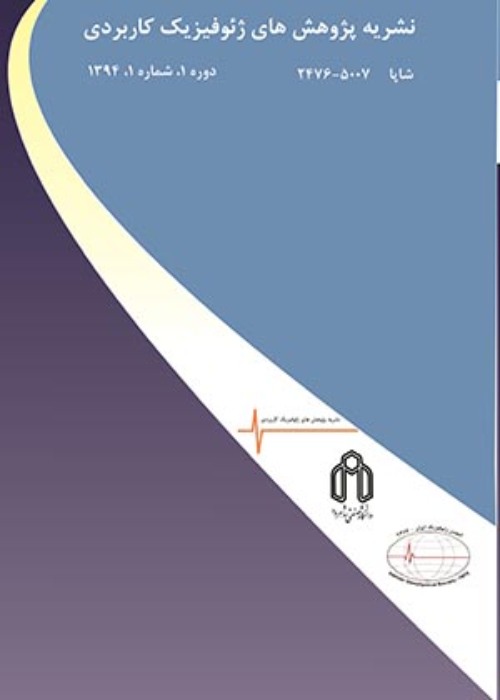Modeling the skeleton of several subsurface targets by inversion of gravity data using graph theory
In this paper, an inversion algorithm based on graph theory is applied on three real gravity data sets, including data from a chromite deposit in Camaguey, Cuba, from a manganese ore in Nagpur, India, and from a mafic unknown body in Slovakia. The goal, here, is to use this new inversion algorithm to model the skeleton of these subsurface targets, and then, to compare the obtained models with previous published results. We model a homogeneous subsurface body by an ensemble of similar point masses. Here, model parameters are the Cartesian coordinates of the point masses and their total mass. The set of point masses is associated with the vertices of a complete weighted graph. Kruskal’s algorithm is used to solve the minimum spanning tree (MST) problem for the graph yielding a stabilizer, which is called “equidistance function”. The non-linear global objective function is minimized using a genetic algorithm strategy. The methodology provides suitable information about the extent of the bodies in east and depth directions. Moreover, the results of previous investigation for these real data sets are given in the paper. An open source MATLAB package along with a full description of the algorithm implementation is available at https://math.la.asu.edu/∼rosie/research/gravity.html.
-
Joint inversion of gravity and magnetic data using total variation stabilizer and crossgradient constraint
Mehdi Chaharpashlu, Saeed Vatankhah *
Journal Of Research on Applied Geophysics, -
3D joint inversion of gravity and magnetic data using Gramian constraint and L1-norm stabilizer
, Saeed Vatankhah*, Shuang Liu
Journal Of Research on Applied Geophysics,



